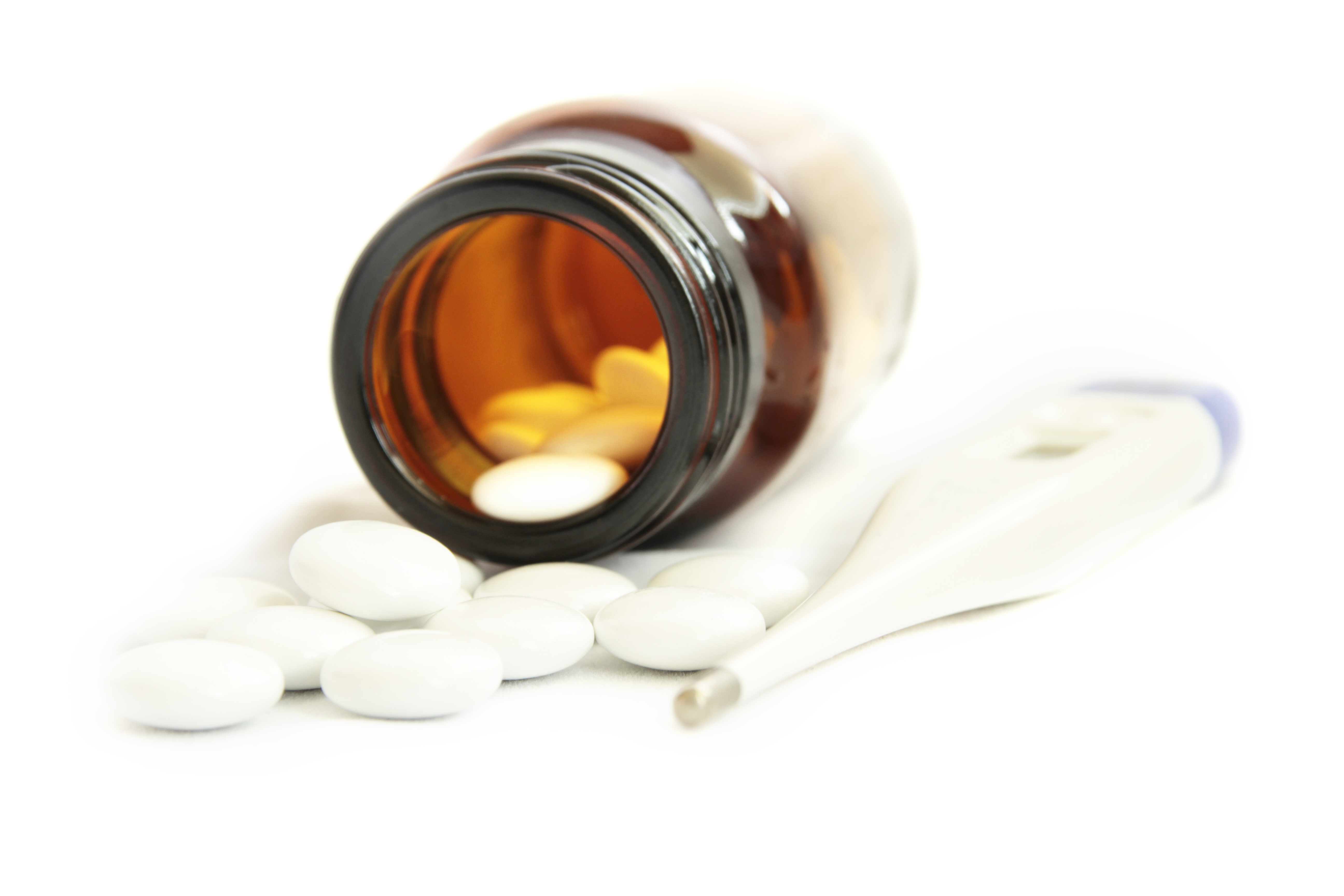 The FDA wants consumers to feel confident about buying all products that are available on the market. Products containing preservatives, color additives, sweeteners, flavors enhancers, and the like are all analyzed by the FDA. The FDA looks at the composition and properties of the substance, the amount that would typically be consumed, immediate and long-term health effects, and various safety factors. In the end, all of the food that you see lining the shelves of a typical supermarket has been deemed “safe.” Yet there’s a crucial difference between “safe” and “healthy.”
The FDA wants consumers to feel confident about buying all products that are available on the market. Products containing preservatives, color additives, sweeteners, flavors enhancers, and the like are all analyzed by the FDA. The FDA looks at the composition and properties of the substance, the amount that would typically be consumed, immediate and long-term health effects, and various safety factors. In the end, all of the food that you see lining the shelves of a typical supermarket has been deemed “safe.” Yet there’s a crucial difference between “safe” and “healthy.”
It’s tempting to let price dictate what brand you buy. However, this probably won’t get you the healthiest options; there are more important labels than the price sticker.
Nutrition facts – You know the drill: avoid foods that contain saturated fats and especially those with trans fats. Also avoid high sodium content. As far as the rest is concerned, simply try to look for a balanced diet.
Ingredients – Avoid high fructose corn syrup, hydrogenated or partially hydrogenated oils, olestra, artificial colors, and artificial sweeteners (aspartame, saccharin, sucralose, sorbitol, acesulfame-K etc.). On a product label, the ingredients must be listed in order with the ingredients used in the greatest amount first, followed in descending order by those in smaller amounts. If a product claims to contain “real apples,” check to see where those “apples” come up on the list. We would hope that they are first.
Expiration date – Food additives play a critical role in the American diet. They help the food industry provide flavorful, (reasonably) nutritious, appealing, safe, and affordable foods all year round. Admittedly, if grocery stores only sold perishable foods, we would be in big trouble, but if you can help it, try to buy fewer of the items with expiration dates that would allow you to consume the item a year after it was purchased. Perishable food is likely to be more natural. The downside is that buying more perishable food will call for more attention when shopping and restocking a pantry; you might find yourself having to throw away a few more items than you’re used to. However, as long as proper storage methods are used and foods are used before their expiration dates, consumers can trust what they eat. Check food expiration dates not only to make sure that they have not expired, but also to make sure that they do expire (in a reasonable amount of time).












we are already supposed to be selective to choose healthy foods and avoid impacts as well as materials that are not good for our bodies, with due regard to the product label then we will be able to choose which is good and what is bad for our bodies.